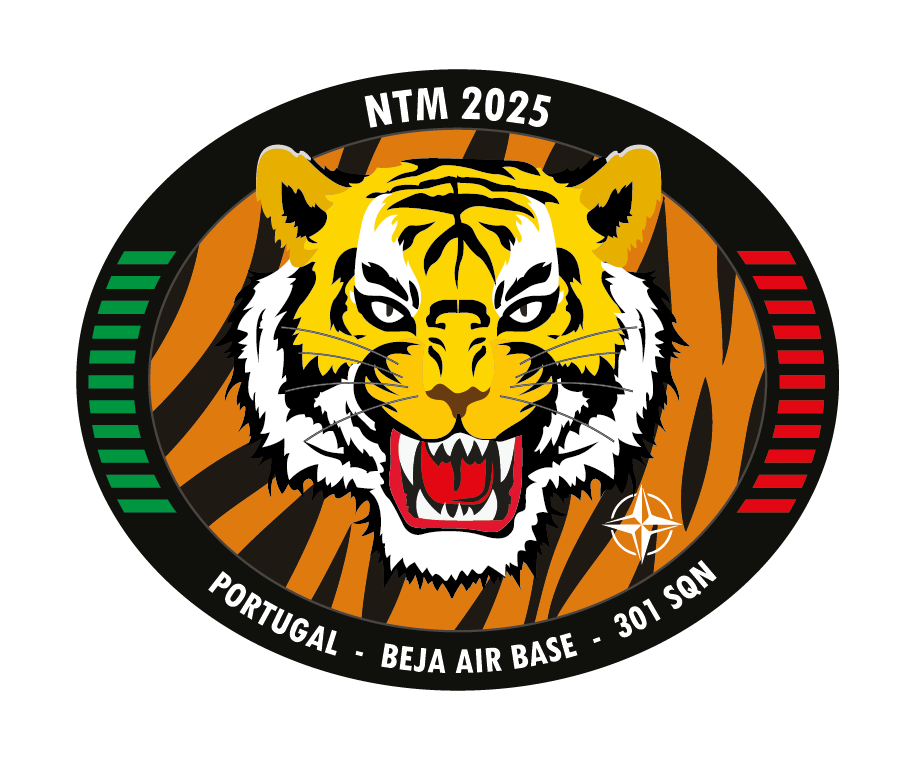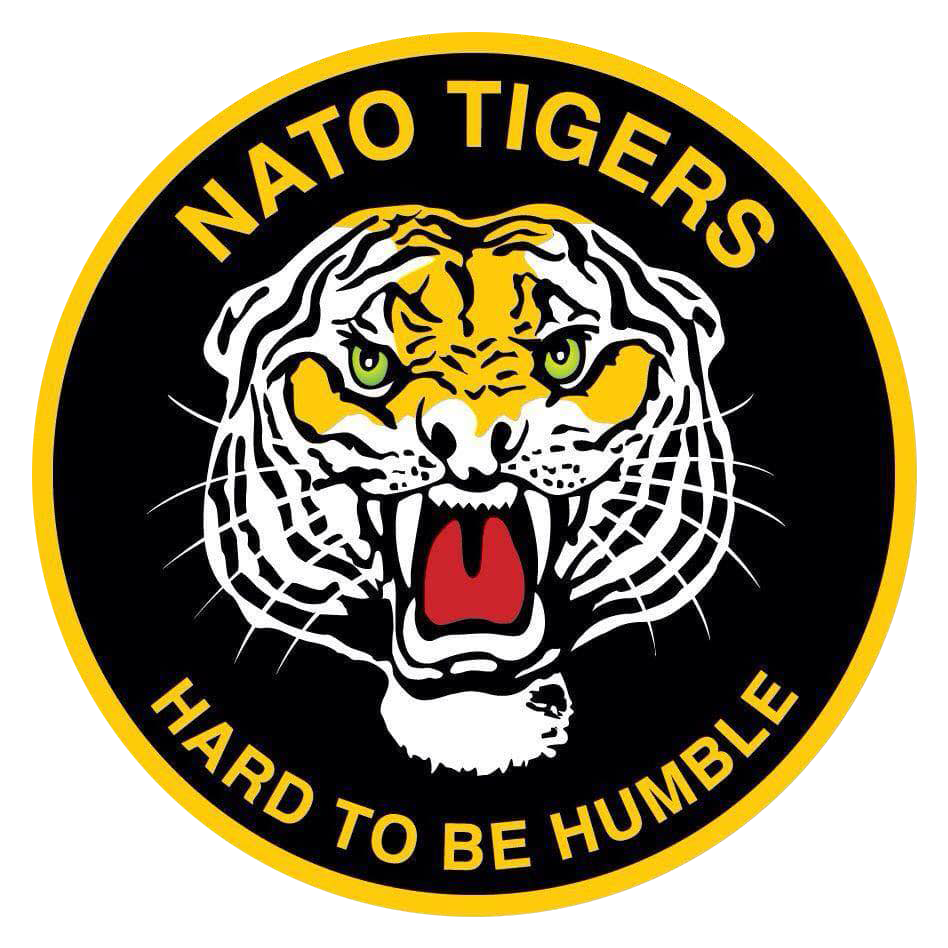
TIGER MEET EXERCISE 2025
This emblematic event, which promotes team spirit among flying squadrons that have chosen the “Tiger” as their symbol, will take place from 21 September to 3 October, bringing together 19 squadrons from 12 allied countries. More than 80 aircraft and around 1700 military personnel will deploy to Beja for the occasion.
OBJECTIVES
The ambition of the Portuguese Air Force is to develop an operational product of excellence, where flying squadrons can acquire new knowledge, experiences, and skills while training in a safe and multinational environment. We will achieve this by conducting multi-domain air operations in demanding scenarios, where interoperability between different assets and the integration of new capabilities will be maximised.
It is the vision of the Portuguese Air Force to innovate and prepare a new generation of pilots, anticipating future challenges in the international arena. We aim to do this by enhancing the integration of new skills and capabilities with current weapon systems, ensuring an objective and consistent transition to the operation of fifth-generation platforms.
The objectives of NTM 2025 also include strengthening ties and fostering international cooperation among participating countries in the fields of defence and technological development.





